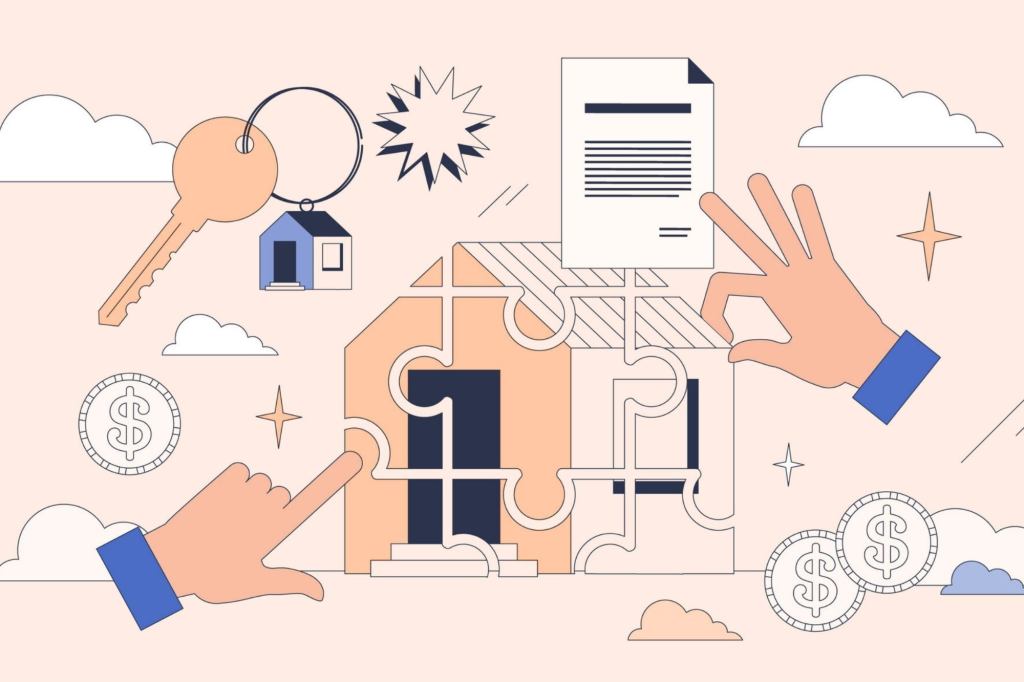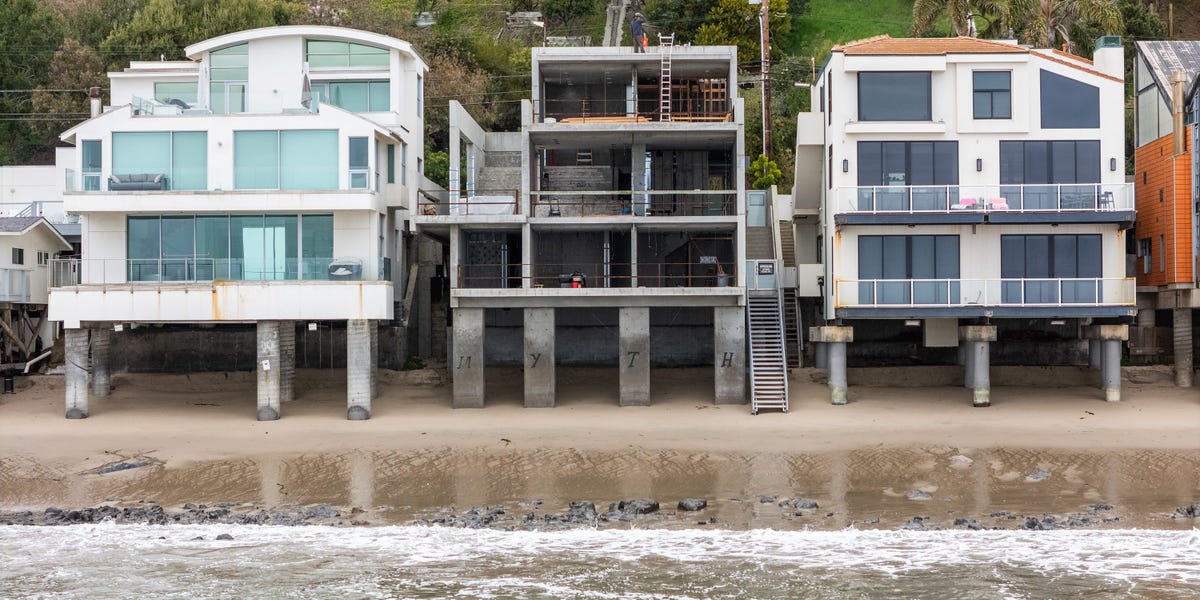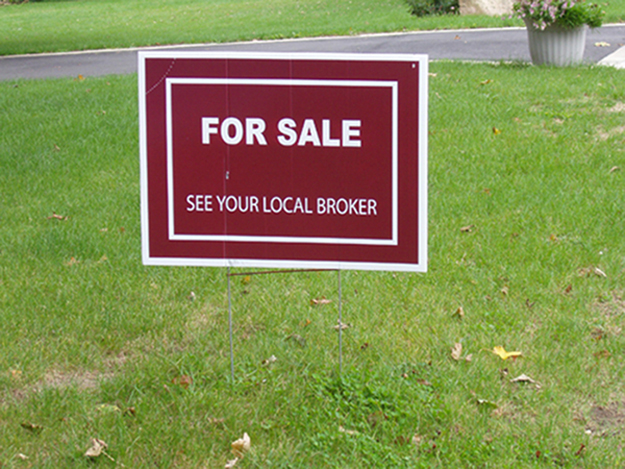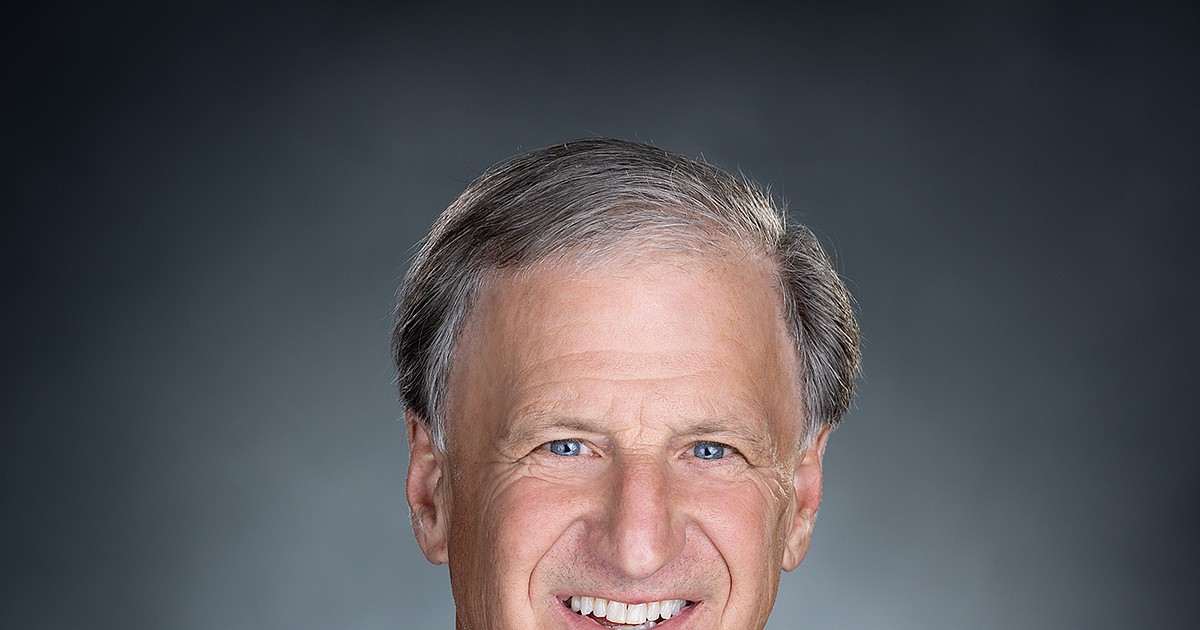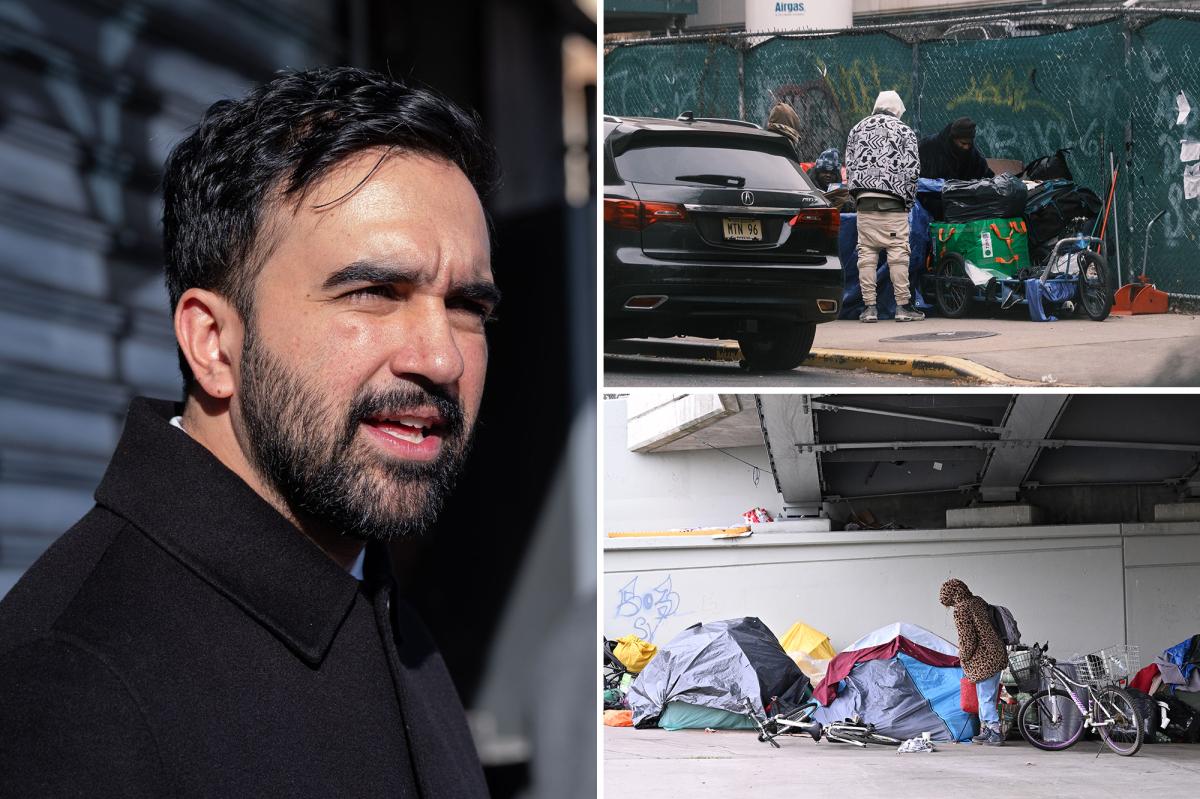O
pinions expressed by Entrepreneur contributors are their own.
**Key Takeaways**
- Smart investors avoid concentrating their capital in a single property, market, or loan.
- Diversification across many assets spreads risk and enhances returns.
- Fractional ownership is becoming the new standard for building real‑estate wealth, sidestepping illiquidity, concentration, debt reliance, and landlord headaches.
The classic “American Dream” of buying a home, paying it off, and holding it for decades no longer guarantees prosperity. In the 1950s, low prices, manageable debt, and predictable growth made homeownership a reliable path to wealth. Today, a single property can be a liability, especially when it comes with high maintenance costs and market volatility.
True wealth is achieved by owning smarter, not more. The most successful investors diversify, spread risk across dozens of assets, and use structure, leverage, and partnerships to protect downside while keeping upside potential open. Fractional ownership is the emerging blueprint for real‑estate wealth, and the irony is clear: the future may belong to those who own less.
---
### The New Era of Real‑Estate Investing
I recently spoke with Alex Blackwood, co‑founder of Mogul, a platform that is redefining real‑estate ownership. Blackwood left Goldman Sachs not for less security, but because he realized that security can stifle growth.
Mogul’s model is deceptively simple: properties are placed into LLCs, split into shares, and offered to investors. You buy a share, receive rental income, appreciation, and tax benefits, all without the burdens of being a landlord.
Blackwood explained: “Real‑estate investing has long been locked behind massive capital requirements and institutional dominance. With Mogul, we’re unlocking the market by fractionalizing properties, securing them on blockchain, and using AI for efficiency and personalization. This isn’t just a tweak; it’s a redefinition of the asset class.”
---
### Platforms Democratizing Ownership
Mogul is part of a broader ecosystem that is reshaping the industry. Each platform tackles the problem from a slightly different angle, but together they are transforming real‑estate ownership.
- **Arrived** – Backed by Jeff Bezos, Arrived lets retail investors co‑own rental properties for as little as $100. Investors earn dividends from rent and share in appreciation when the property sells.
- **Pacaso** – Focused on luxury vacation homes, Pacaso fractionalizes high‑end properties (Aspen chalets, Napa vineyards, Malibu beach houses) into eight or more shares, offering scheduling and resale options. It blends lifestyle access with investment.
- **Fundrise** – A pioneer in online real‑estate investing, Fundrise manages billions in assets across apartments, commercial projects, and housing developments. Investors buy into diversified portfolios rather than single properties.
- **Lofty AI** – Lofty takes the fractional model further by tokenizing property shares. Investors can trade shares of rental properties daily through a blockchain‑powered marketplace, providing unprecedented liquidity.
These companies illustrate a single truth: real‑estate ownership no longer means a single family, a single house. It can mean thousands of families sharing ownership of thousands of properties, creating wealth without the burden of doing it alone.
---
### Why 100% Ownership Is Overrated
Owning a home feels good, but the math tells a different story.
- **Illiquidity** – You can’t easily sell part of a house; your capital is locked.
- **Concentration** – One house equals one market; a downturn in that city hurts your net worth.
- **Debt Dependency** – The bank gets paid first; rising rates can erode your margin.
- **Operational Drag** – Repairs, tenants, lawsuits, taxes—all fall on your shoulders.
Owning 100% of an asset exposes you, not empowers you. Institutions have long avoided this game by pooling, syndicating, and sharing. Retail investors are only now catching up.
---
### The New Wealth Playbook
Fractional ownership flips the narrative. Instead of tying $500,000 to one property, you might invest $5,000 across ten properties in ten different markets. Instead of spending weekends on repairs, you track your portfolio in an app and collect distributions.
Consider this: would you rather own 100% of one house in one zip code, or 1% of a hundred properties spread across booming cities nationwide? One is fragile; the other is antifragile.
Billionaires don’t chase ownership for ego; they chase exposure for upside. Fractional real‑estate platforms make that mindset accessible to anyone willing to break free from the old script.
---
### Where This Is Heading
The next generation of millionaires won’t all be landlords. They will be fractional investors, holding slices of hundreds of properties, collecting income, compounding gains, and staying liquid enough to pivot when markets shift.
The real‑estate industry is at an inflection point. Just as Robinhood changed stock investing and Coinbase changed crypto, fractional platforms are changing how people think about property. The dream of one white picket fence is being replaced by a new reality: many properties, many markets, no single point of failure.
Owning less isn’t weak; it’s strategic.
---
### The Billionaire’s Perspective
If you still believe wealth is measured by square footage you can walk through, you’re already behind. The top players play a different game.
The future of wealth is simple: diversify, share risk, own slices, not burdens. Owning less may actually be the smartest way to end up with more.
